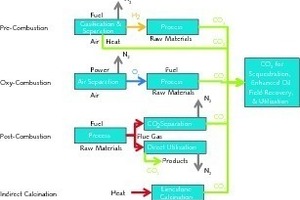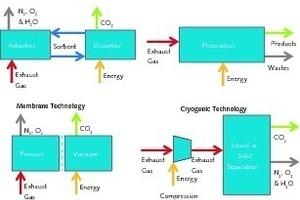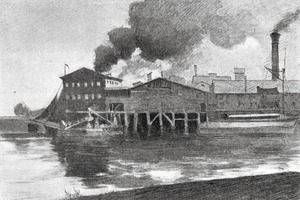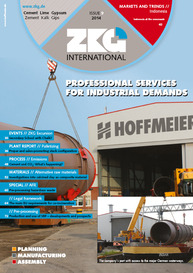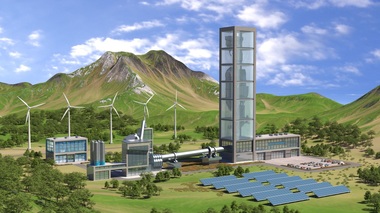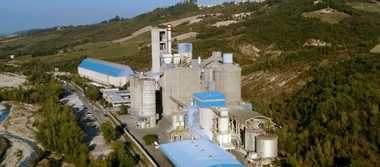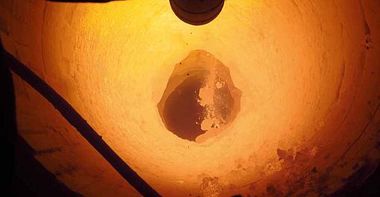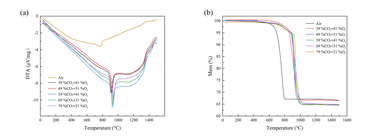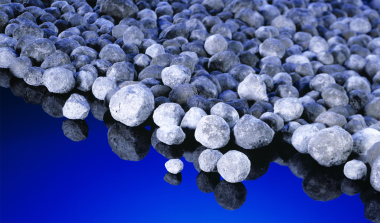Cement and CO2: What’s happening?
The presented paper won first place at the recent IEEE-IAS/PCA Cement Industry Conference in Washington, DC. This paper is a follow-up to the previous award winning paper “Cement and CO2: A Victim of Success” that was presented at the San Antonio conference in 2012.
1 Introduction
The majority (about 60 %) of the CO2 emitted from a modern cement plant comes from the calcination of limestone. The remainder comes primarily from the fuel combustion required to drive the clinkering reactions in cement manufacture. Table 1 demonstrates a typical CO2 balance for a modern cement plant.
2 Traditional levers
There are three highly publicized, traditional levers for reducing CO2 from conventional cement manufacturing:
Fuel efficiency
Biogenic fuels
Clinker substitution
These have been widely explored and publicized in the media. Table 2 provides an insight into how some...


